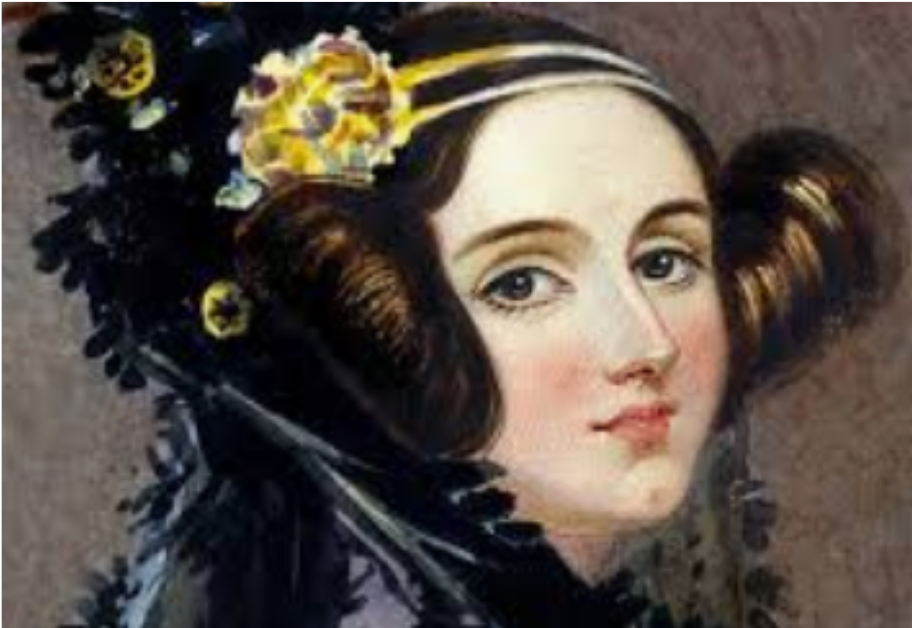Celebrating Ada Lovelace day

October 13 is Ada Lovelace Day (ALD), an international initiative celebrating the achievements of women in STEM. Founded in 2009 by Suw Charman-Anderson, ALD now takes place on the second Tuesday of October. Women are invited to participate in the event by uploading a photo, video, or text social media post using the hashtag #ALD20.
Per the Finding Ada website:
We want you to join in by highlighting our hidden advocates, the teachers, lecturers and professors, the researchers and technicians, the women you work with, who go above and beyond to encourage and support girls and women in STEM. Who are the unsung heroines whose work is changing the future face of STEM?
You can write a blog post, record a podcast, or take part on Twitter, Facebook, LinkedIn or any other social media platform – the choice is yours. And just like back in 2009, we’ll create a database so that you can give us your links for posterity.
Augusta Ada King, Countess of Lovelace was born on December 10, 1815. She is considered the first computer programmer and had a deep understanding of how powerful computers could become. Her vision helped shape the devices we use today.
As a teenager, Lovelace showed high proficiencies in math and began working with British mathematician Charles Babbage, known as “the father of computers.” While translating a critique on Babbage’s proposed machine called the ‘analytical engine,’ Lovelace added her ideas on the machine, which were published in a separate paper in 1843.
The notes Lovelace made while translating papers from Italian to English played an important role in the development of early computers.
Lovelace died of uterine cancer in 1852 at age 36.
